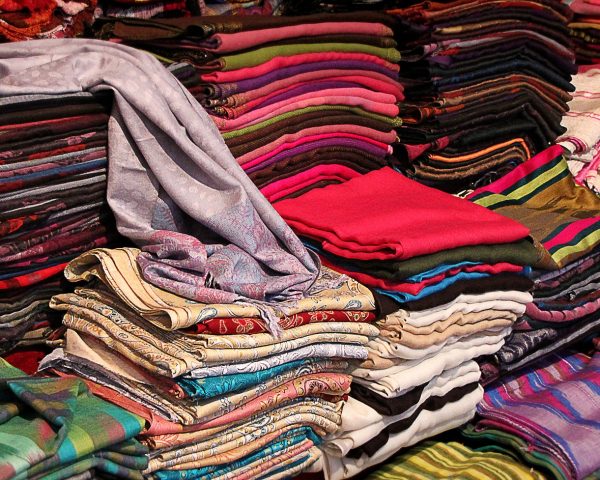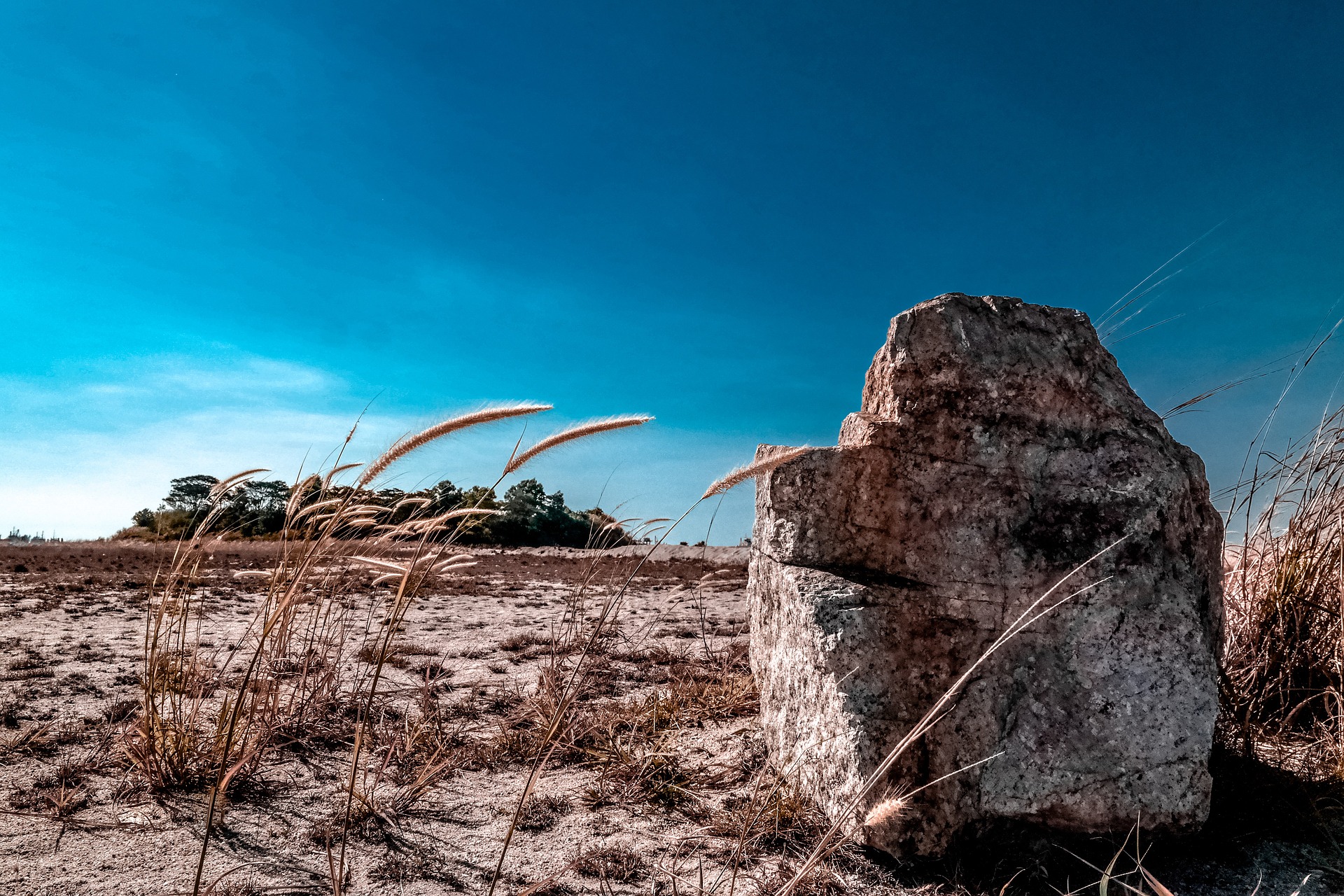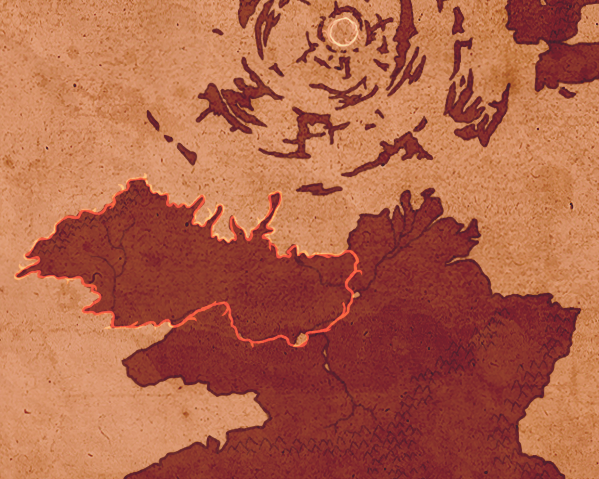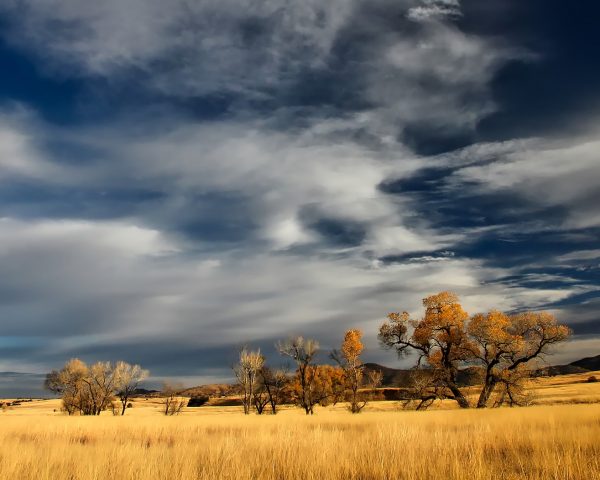"The Acharrioni in general are such homebodies one could be forgiven for not knowing they exist—and many do not. The destinies their gods set them down to fulfill are quiet affairs, local affairs."
-The Heretic's Guide to Homecoming, Book One: Theory
Ruled by the Desert
From the gargantuan sand dunes to the sprawling savannahs, Acharrio is a region of true ecological beauty. However, between the relentless heat of the sun, the fearsome sandstorms, and the ruthless dry seasons, the climate can also be classified as consistently extreme. For this reason, the humans of the region tend to keep close to the settlements they have carefully tended and domesticated over the centuries, including oasis towns and the occasional community built into the mountains.
But where human beings find the landscape unlivable, other wildlife tends to thrive. Take for example the White Footed Desert Mouse, the roaming wild dogs, and many species of snake–all of which exist comfortably in the most blistering parts of the Acharrioni desert. The same is true of the plant life; while humans domesticate crops like figs and millet, desert lilies and various tree nuts can be found growing wild.
Should you procure a knowledgeable Acharrioni desert guide, a key place to visit would be the Salt Flats. This natural wonder is just west of the trade town of Pilanova, and stretches across the land for miles. During the wet season, you can stand upon the flats and see the stunning night sky reflected just below your feet. Should you choose to brave the trip during the dry season, you can watch the salt harvesters at work, gathering this abundant resource for trade in the north.
Strength in Community
The human settlements of Acharrio are most similar in their striking uniqueness; the ability of each to thrive is dependent on how in-tune the people are with the individual quirks of the land. Each city’s agricultural practices are maintained through a strong permaculture system, where they work with the natural ecosystem rather than disrupting it. In general, the Acharrioni can be described as a vast network of transhumance pastoralists, carefully moving their cattle to graze in alignment with the current season and the mood of the gods. The individual city states serve as permanent bases for those who are not shepherds, and hold anywhere from 800 to 5000 people each. However, depending on the climate patterns, populations can change drastically in a short amount of time; a city experiencing a long rainy season will be far quicker to encourage babies than a city in drought.
As a general rule, the Acharrioni tend to spend all their lives in the same settlement they were born in. Not only is the climate unforgiving to novice travelers, but there is also a strong cultural expectation to provide for your community. The survival of the city states is dependent on the physical and spiritual contributions of all people, and those who stray are often looked at unfavourably.
However, it is rare to hear outward criticism of this, or any, unsavoury behavior– the Acharrioni can be described as suffocatingly polite, going so far as to establish various complex rituals to speak openly without stepping on any toes.
The Rituals of Intimacy and Respect
In Acharrioni culture, the body and the soul are viewed as one and the same, created from small pieces of divine godlings. Because of this, bodies are seen as nothing less than sacred objects, to be treated with reverence and care. Hair, for example, is styled and cut differently at specific life stages, signifying shifts in spiritual development. Scars, on the other hand, can be a point of contention with some Acharrioni; while some view it with little concern, understanding it as an early return to the godling, others see them as signs of immense disrespect toward something sacred.
This treatment of the body and the soul also heavily impacts courting rituals; while customs differ regionally, all are developed to encourage the utmost respect when engaging with the body of another. Marriage rituals are equally complex, and vary so greatly across Acharrio that intercity marriage is often discouraged altogether. After all, every custom must be honored, no matter how they clash. A marriage is blessed if both the coming-of-age and courtship rituals have been completed, the couple is of a similar age, and the match appears to be in true balance.
This connects back to the Acharrioni concepts of Order and Chaos within the individual, which are key components of the Acharrioni gender matrix. Chaotic personalities are viewed as feminine and orderly ones as masculine. One’s sex plays no part in the determination of gender; the default assumption is you are the gender affiliated with your godling’s predisposition. That gender is also expected to change over the years as you develop emotionally and spiritually–should one remain too consistently orderly or chaotic, it is often a sign of trouble.
Same sex relationships are neither uncommon nor opposed–their prevention of unwanted pregnancies is actually quite useful in the dry seasons, especially because child-rearing is viewed as a community responsibility. So long as one partner falls more toward the chaotic while the other falls toward the orderly, all is well within the union.
- Geography
-
Ruled by the Desert
From the gargantuan sand dunes to the sprawling savannahs, Acharrio is a region of true ecological beauty. However, between the relentless heat of the sun, the fearsome sandstorms, and the ruthless dry seasons, the climate can also be classified as consistently extreme. For this reason, the humans of the region tend to keep close to the settlements they have carefully tended and domesticated over the centuries, including oasis towns and the occasional community built into the mountains.
But where human beings find the landscape unlivable, other wildlife tends to thrive. Take for example the White Footed Desert Mouse, the roaming wild dogs, and many species of snake–all of which exist comfortably in the most blistering parts of the Acharrioni desert. The same is true of the plant life; while humans domesticate crops like figs and millet, desert lilies and various tree nuts can be found growing wild.
Should you procure a knowledgeable Acharrioni desert guide, a key place to visit would be the Salt Flats. This natural wonder is just west of the trade town of Pilanova, and stretches across the land for miles. During the wet season, you can stand upon the flats and see the stunning night sky reflected just below your feet. Should you choose to brave the trip during the dry season, you can watch the salt harvesters at work, gathering this abundant resource for trade in the north.
- Human Settlements
-
Strength in Community
The human settlements of Acharrio are most similar in their striking uniqueness; the ability of each to thrive is dependent on how in-tune the people are with the individual quirks of the land. Each city’s agricultural practices are maintained through a strong permaculture system, where they work with the natural ecosystem rather than disrupting it. In general, the Acharrioni can be described as a vast network of transhumance pastoralists, carefully moving their cattle to graze in alignment with the current season and the mood of the gods. The individual city states serve as permanent bases for those who are not shepherds, and hold anywhere from 800 to 5000 people each. However, depending on the climate patterns, populations can change drastically in a short amount of time; a city experiencing a long rainy season will be far quicker to encourage babies than a city in drought.
As a general rule, the Acharrioni tend to spend all their lives in the same settlement they were born in. Not only is the climate unforgiving to novice travelers, but there is also a strong cultural expectation to provide for your community. The survival of the city states is dependent on the physical and spiritual contributions of all people, and those who stray are often looked at unfavourably.
However, it is rare to hear outward criticism of this, or any, unsavoury behavior– the Acharrioni can be described as suffocatingly polite, going so far as to establish various complex rituals to speak openly without stepping on any toes.
- The Body and the Family
-
The Rituals of Intimacy and Respect
In Acharrioni culture, the body and the soul are viewed as one and the same, created from small pieces of divine godlings. Because of this, bodies are seen as nothing less than sacred objects, to be treated with reverence and care. Hair, for example, is styled and cut differently at specific life stages, signifying shifts in spiritual development. Scars, on the other hand, can be a point of contention with some Acharrioni; while some view it with little concern, understanding it as an early return to the godling, others see them as signs of immense disrespect toward something sacred.
This treatment of the body and the soul also heavily impacts courting rituals; while customs differ regionally, all are developed to encourage the utmost respect when engaging with the body of another. Marriage rituals are equally complex, and vary so greatly across Acharrio that intercity marriage is often discouraged altogether. After all, every custom must be honored, no matter how they clash. A marriage is blessed if both the coming-of-age and courtship rituals have been completed, the couple is of a similar age, and the match appears to be in true balance.
This connects back to the Acharrioni concepts of Order and Chaos within the individual, which are key components of the Acharrioni gender matrix. Chaotic personalities are viewed as feminine and orderly ones as masculine. One’s sex plays no part in the determination of gender; the default assumption is you are the gender affiliated with your godling’s predisposition. That gender is also expected to change over the years as you develop emotionally and spiritually–should one remain too consistently orderly or chaotic, it is often a sign of trouble.
Same sex relationships are neither uncommon nor opposed–their prevention of unwanted pregnancies is actually quite useful in the dry seasons, especially because child-rearing is viewed as a community responsibility. So long as one partner falls more toward the chaotic while the other falls toward the orderly, all is well within the union.

Heavenly Knowledge
Acharrio’s flat landscape has provided a beautiful and detailed view of the stars for as long as there have been eyes to look up at them. For this reason, the Acharrioni are master astronomers, and have even used their skill in glassmaking to develop the first telescopes. These tools are now used heavily in the academic city of Padjenne, and are traded as far as North Berena.
The Acharrioni also have exceptional skill with sound healing, a unique medical practice that has not yet made its way out of the region.
A Vast and Selfless Network
The variety in climate between the city states offers a large and diverse trade network throughout Acharrio. For example, the city of Pilanova is known across the region for its exceptional glass-blowing artisans and textile production. Much of the dye for those textiles would come from Mbazalza, which specializes in the production of both indigo and fragrant woods and spices. Further west from both of these cities is the small but powerful Urremos, whose gemstone quarries provide hematite, ruby, and jasper that is traded not only between Acharrioni cities, but all over the Berenas.
Much of this trade is facilitated by the shared dialect of intercity Acharrioni, a more standardized variant of the many localized languages. Economically, most of Acharrio’s trading is practiced through a barter system, and the region’s legendary hospitality lends itself to a gift economy. For this reason, it is wise to learn the customs of each city-state before arriving, so you do not offend and find yourself blocked off from trade.
Words of the Wise
While the details of governance vary by city state, the primary similarity would be the consistent use of a Council of Elders. Acharrio’s climates are generally not conducive to long lifespans, and those who have survived into old age are deeply respected for the wisdom they are able to pass to future generations. These councils offer their insight on resource allocation, disputes between neighbors, and any foreseeable conflict with other cities. However, these sort of large-scale conflicts are nearly unheard of in peaceable Acharrio, and the region has not seen intercity war in centuries.
In general, conflict is rare and crime rates are low in most Acharrioni cities. Even in times of scarcity, it is a cultural expectation that everyone will look out for their neighbours as though they were family. On the rare occasion that a small crime does occur, each city has their own way of restoring peace between the criminal and the victim. But if someone commits a crime that is deemed unforgivable, such as rape or murder, there is no coming back from it; the perpetrator is exiled to the desert, and word of their crime is sent to neighbouring cities so they will not be offered refuge.
- Scientific Advancements
-
Heavenly Knowledge
Acharrio’s flat landscape has provided a beautiful and detailed view of the stars for as long as there have been eyes to look up at them. For this reason, the Acharrioni are master astronomers, and have even used their skill in glassmaking to develop the first telescopes. These tools are now used heavily in the academic city of Padjenne, and are traded as far as North Berena.
The Acharrioni also have exceptional skill with sound healing, a unique medical practice that has not yet made its way out of the region.
- Intercity Trade
-
A Vast and Selfless Network
The variety in climate between the city states offers a large and diverse trade network throughout Acharrio. For example, the city of Pilanova is known across the region for its exceptional glass-blowing artisans and textile production. Much of the dye for those textiles would come from Mbazalza, which specializes in the production of both indigo and fragrant woods and spices. Further west from both of these cities is the small but powerful Urremos, whose gemstone quarries provide hematite, ruby, and jasper that is traded not only between Acharrioni cities, but all over the Berenas.
Much of this trade is facilitated by the shared dialect of intercity Acharrioni, a more standardized variant of the many localized languages. Economically, most of Acharrio’s trading is practiced through a barter system, and the region’s legendary hospitality lends itself to a gift economy. For this reason, it is wise to learn the customs of each city-state before arriving, so you do not offend and find yourself blocked off from trade.
- Governance
-
Words of the Wise
While the details of governance vary by city state, the primary similarity would be the consistent use of a Council of Elders. Acharrio’s climates are generally not conducive to long lifespans, and those who have survived into old age are deeply respected for the wisdom they are able to pass to future generations. These councils offer their insight on resource allocation, disputes between neighbors, and any foreseeable conflict with other cities. However, these sort of large-scale conflicts are nearly unheard of in peaceable Acharrio, and the region has not seen intercity war in centuries.
In general, conflict is rare and crime rates are low in most Acharrioni cities. Even in times of scarcity, it is a cultural expectation that everyone will look out for their neighbours as though they were family. On the rare occasion that a small crime does occur, each city has their own way of restoring peace between the criminal and the victim. But if someone commits a crime that is deemed unforgivable, such as rape or murder, there is no coming back from it; the perpetrator is exiled to the desert, and word of their crime is sent to neighbouring cities so they will not be offered refuge.




